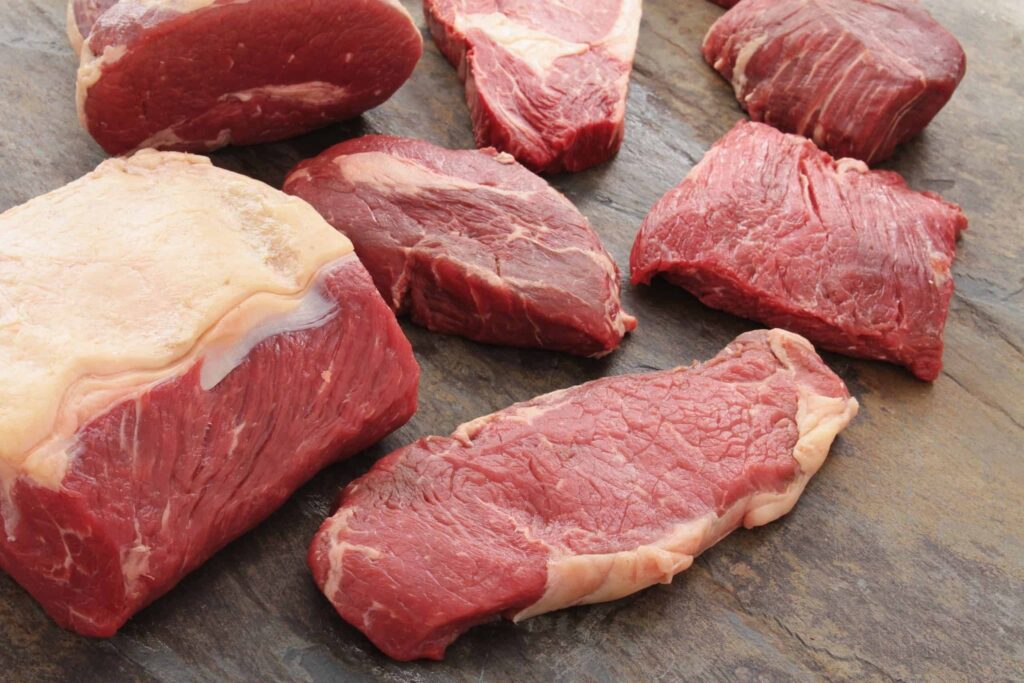Does cooking meat longer make it more tender or tougher?
And the longer meat is cooked, the more liquid it loses and the tougher it becomes. Factors that also influence tenderness and juiciness are: The animal’s age at slaughter, the amount of fat and collagen (connective tissue) contained in particular cuts, and, to a small degree, brining.
What happens if you cook beef too long?
However, when meat is cooked for too long, all of the fat and liquid render out. Without them, all that’s left is a bunch of tough, flavorless protein. Very unappetizing.
How long does it take to make tender beef?
How to make beef tender?
Rest the piece of meat after cooking until it reaches the desired internal temp. Slit the pieces of beef against their grain when cooking them. Cook low and slow. Slow cooking will allow the fat to render out, making the steak tender. This is a great way to tenderise the beef. You can use the same method for other meats as well.
What happens if beef isn’t cooked properly?
If it isn’t cooked properly, this same piece of beef can turn out to be tender, moist and cheery, or it can become dry, tough and tough. If you’re having trouble with this, you should try cooking it right away. You can cook it over low heat or in cold water, both of which will help make it easier to cook.
What happens if you cook beef stew too long?
The long, slow cook time leaves lean meat, like sirloin, tough and chewy, while tougher cuts, like chuck, break down and become really tender. Can you overcook beef stew? Yes, it is possible to overcook a beef stew. As much as we like the idea of a stew that sits on the stove all day long, too much time will result in dry beef and mushy veggies.
Is your meat tough or tender?
The key is to know whether the cut you have is inherently tough or tender and to choose your cooking method accordingly. All meat—be it beef, pork, lamb, or chicken—consists of muscle, connective tissue, and fat. Most of what you see in a piece of meat is the soft, dense muscle; it’s essentially bundles of protein fibers.









